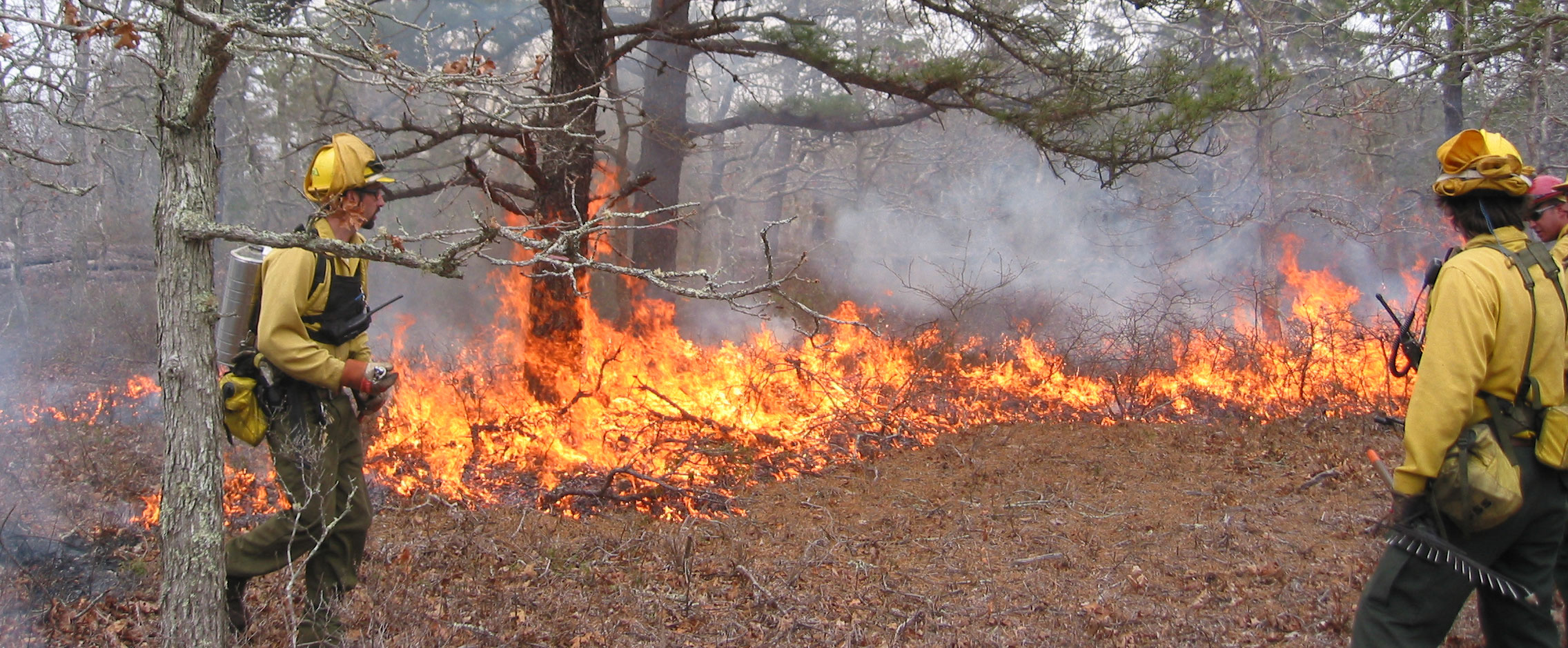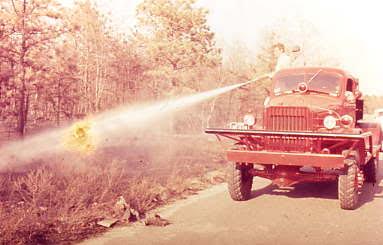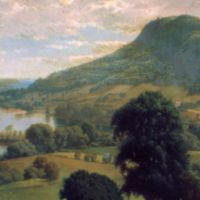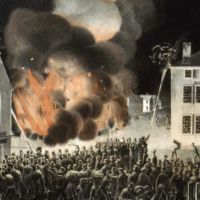Primary Source
1,000 FLEE PLYMOUTH FOREST FIRE
More than 1,000 persons were evacuated Saturday before a roaring forest fire, which threatened to envelop the 12,000 acre Myles Standish State Reservation was put under control at 10:30 pm.
Spread out a two-mile front, the fire was halted at Upper College Pond Road and Halfway Pond Road where a sixth attempt at a backfire proved successful.
Fire officials then began to retrace the perimeter with bulldozers and brush breakers. They feared that if they did not break down the perimeter fires, a second-day blaze might break out.
Arthur H. Lamb, chief of the Plymouth fire department, which responded to 12 forest fires on Saturday, said, "The number of fires here the past few weeks (15 to 20) leads us to believe that Saturday's fire was a malicious one."
The law enforcement agency of the State Conservation department ordered an investigation.
Among more than 1000 persons who abandoned the scene were 650 Boy Scouts and their leaders attending a camp-a-ree at Camp Cachalot. Also leaving were 235 Girl Scouts and their leaders at Camp Wind in the Pines on Long Pond Road.
The Boston Globe, May 24, 1964, p.6.







